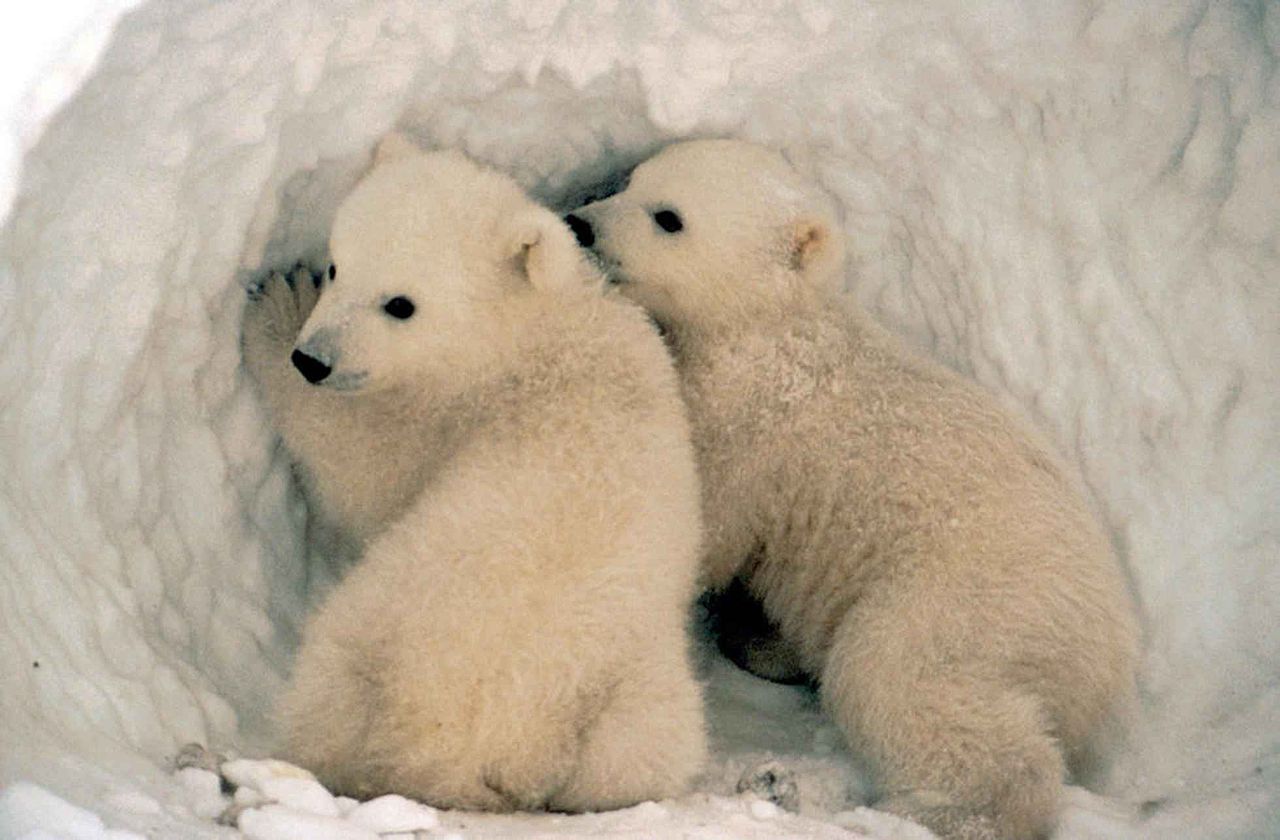Media release
From: Springer NatureClimate change: Fasting length impacts polar bear survival
The survival of most polar bear subpopulations in the Arctic could be jeopardized by 2100, owing to sea-ice declines caused by global warming that force the animals onto land where they are food deprived and must live off of stored fat. The study, published in Nature Climate Change, estimated thresholds for how long polar bears can fast for before cub and adult survival begin to decline rapidly. It found that such thresholds may have been reached already in several subpopulations.
Polar bears rely on sea ice to hunt, and when ice is absent, they are forced onto land where they are deprived of food. As Arctic sea ice declines in response to warming temperatures, polar bears must fast for longer periods. However, the limit on how long polar bears can fast before the survival of adults and cubs begins to decline is unknown.
Péter Molnár and colleagues used dynamic energy budget models to determine the energy requirements of fasting polar bears and the thresholds that would limit survival. They combined this with an Earth Systems Model that predicted the number of future ice-free days in order to estimate when thresholds would be surpassed for 13 subpopulations, representing 80% of all polar bears.
The authors found that cub survival would first be put at risk by longer fasts, whereas solitary adult females would be the last to be impacted. They also suggest that once these thresholds are reached, cub and adult survival would be persistently at risk afterwards. The authors modelled polar bear survival under a high emissions scenario (RCP8.5) and found that by 2100, persistence will be unlikely over much of the Arctic. However, under a moderate emissions scenario (RCP4.5), more subpopulations might persist through this century, which emphasizes the necessity of climate change mitigation to ensure polar bear survival.
The authors note the limitations of the research, including the use of a single Earth System Model and the lack of energy budget data from several subpopulations.


